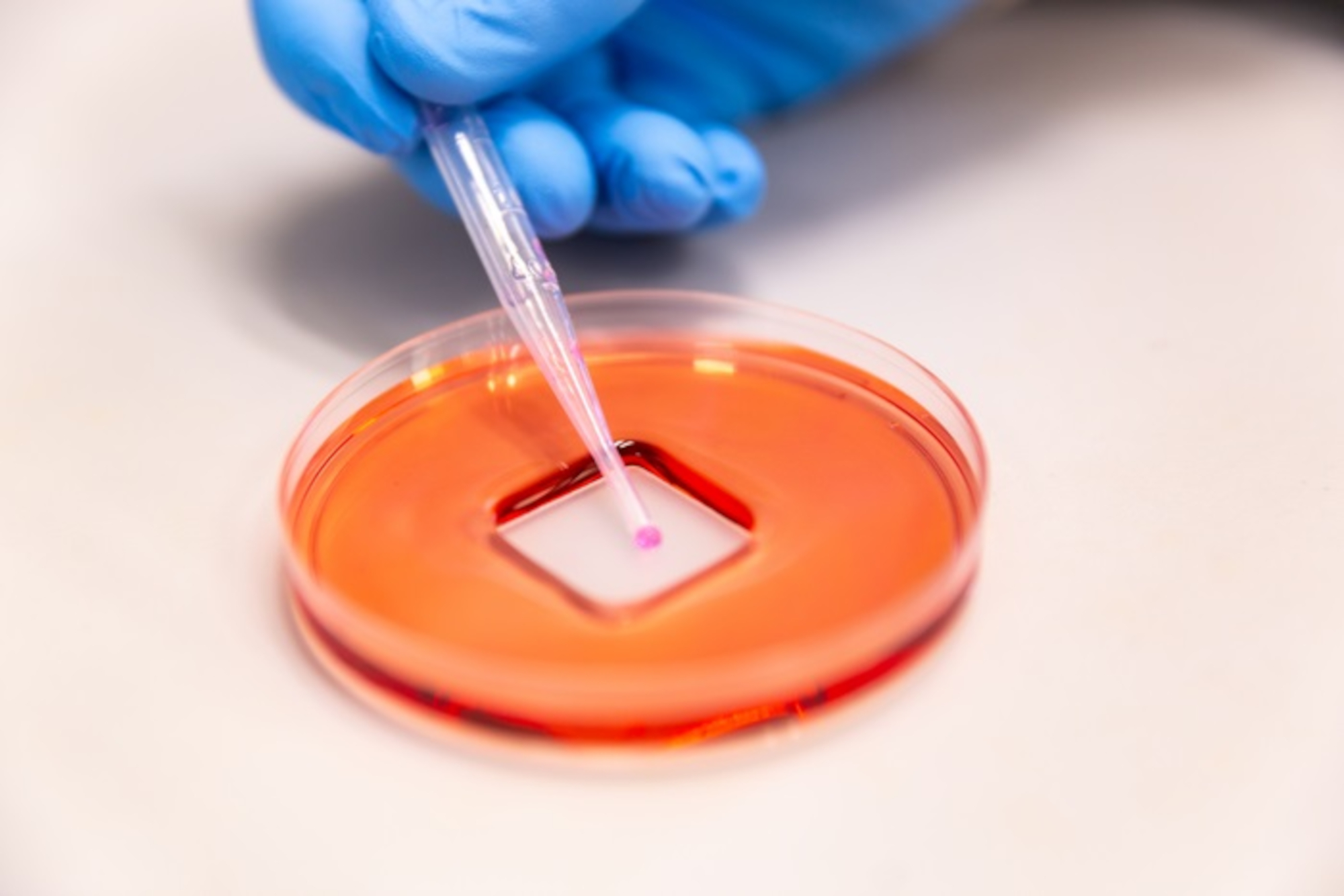A newly developed sprayable coating could prevent the spread of COVID-19 and other viruses, Australian researchers say.
The first-of-its-kind spray has dual properties that not only repel viruses and bacteria through an air-filled barrier, but also kill pathogens through microscopic materials if the coating layer is damaged or submerged even for long long periods.
The spray is made of plastics that are as tough as bulletproof glass. It is described in the article titled “Shielding Surfaces from Viruses and Bacteria with a Multiscale Coating” which appears in the journal Advanced sciences.
Standard disinfectants are becoming less and less effective and require reapplication.
The new coating is the only permanent surface layer that has been shown to protect surfaces from virus contamination, the paper’s co-authors claim.
They claim it is safer than disinfectant alternatives, has no harmful side effects, and is more stable in its potency than silver nanoparticles, which are the second most promising non-disinfectant antibacterial agent.
According to the authors, the innovative coating could be used on surfaces such as stair railings, elevator controls and other surfaces in settings such as hospitals, nursing homes, schools and restaurants. to prevent the spread of pathogenic pathogens.
Co-authors Antonio Tricoli and David Nisbet from the University of Sydney claimed that contact with surfaces carrying viruses and bacteria is a major cause of infection and contributes to the evolution of antibiotic-resistant bacteria.
“Without a barrier, viruses such as coronaviruses can remain on surfaces and remain infectious for up to a week. Other viruses such as reoviruses, which can cause colds or diarrhea, for example, can remain on surfaces for several weeks causing large outbreaks in health care and aged care settings,” said Tricoli.
“Like a lotus leaf, the surface spray creates a coating that repels water. Because pathogens like to be in the water, they stay trapped in the droplets and the surface is protected from contamination.
“If this mechanism fails, a secondary burst of ions is triggered by carefully engineered nanomaterials dispersed throughout the coating,” Tricoli said.
Developed over five years, the mechanical stability and surface energy of the coating were tested by researchers. They also tested its ability to resist contamination from bacteria and viruses.
The samples were also submerged for long periods and the sprayed surfaces were deliberately damaged to test the resilience of the spray against their contamination.
“We identified the mechanical processes underlying how the spray works and quantified its effectiveness in different environments,” Nisbet said.
“For this study, we tested metal surfaces. However, in the past we have shown that the spray can be applied to any surface, for example, blotting paper, plastic, bricks, tiles, glass and metal.
“Our coating successfully prevented up to 99.85% and 99.94% of the growth of bacterial strains. We also saw an 11-fold reduction in virus contamination.”
The spray is applied like spray paint, but in smaller amounts.
“The coating was designed using a simple and scalable technique with a judicious choice of materials to offer ultra-durability.
“We also believe that our explanation of the mechanism behind the antimicrobial and antiviral effects could significantly advance research into anti-pathogen technologies that could see the affordable manufacture of an effective surface spray to protect people against viruses and bacteria,” Nisbet said.
This story was provided to Newsweek by Zenger News.
–


